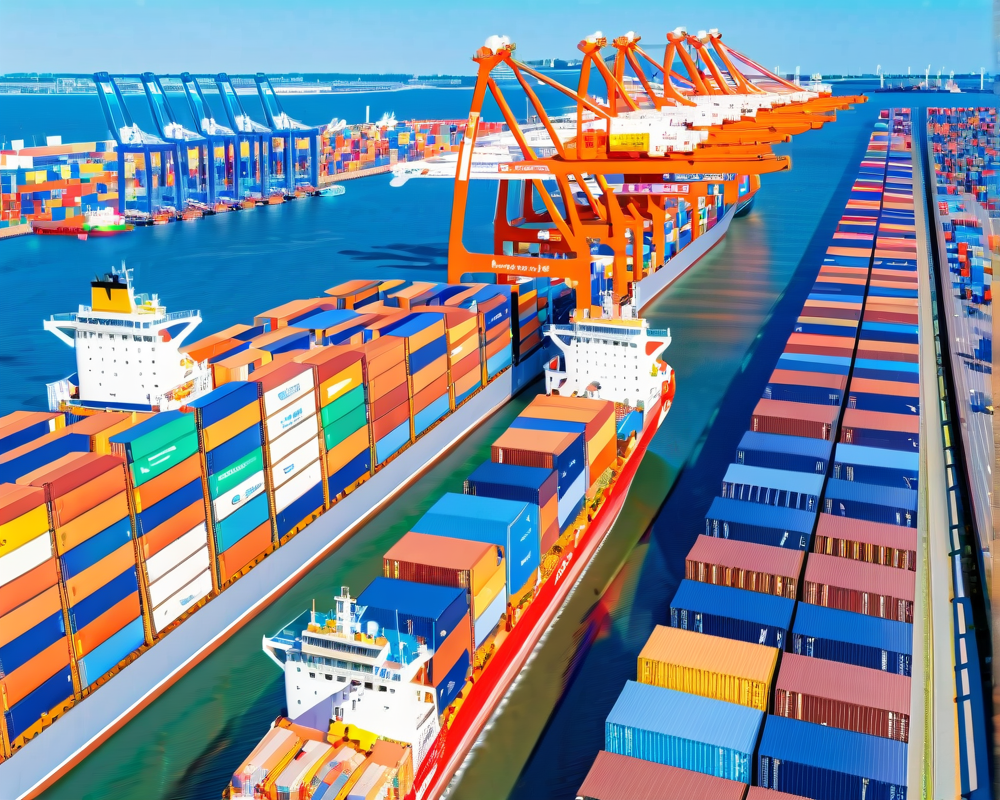Breaking Down the Initiative
The United States Customs and Border Protection (CBP) is gearing up for an intriguing experiment in the world of supply chain autonomy. The Commercial Customs Operations Advisory Committee (COAC) has announced plans for a live test of its blockchain-based concept designed to streamline intellectual property rights (IPR) processes. Spanning from late August to late September, this initiative promises to be a significant step in modernizing how we handle customs operations.
Who’s in Charge?
The COAC operates as a critical advisory body, lending its expertise to both the Department of the Treasury and the Department of Homeland Security. Known for its subtle bureaucratic charm, this committee is famed for not just improving trade but occasionally giving it a makeover. Their latest venture? The Next Generation Facilitation Subcommittee, which is split into four specialized working groups focused on making customs smoother than a buttered bagel.
Blockchain: The Secret Sauce?
Amidst the enigmatic realm of blockchain, the subcommittee is already knee-deep in three proof-of-concept projects. The standout among them is the Intellectual Property Rights Proof of Concept, aimed at navigating shipments through blockchain technology. This approach hinges on pre-existing relationships between licensors and sublicensees. As with any pop culture phenomenon, execution is key, and we’re all waiting to see if this technology lives up to the hype.
The Testing Timeline
The COAC has laid out a rather clear timeline: live testing is set to kick off at the end of August, wrapping up around late September. In the latest meeting highlights, it was noted that significant progress has been made regarding project design, engineering, and the integration of trade and customs systems. A polished performance during this phase could solidify blockchain’s role in customs operations.
The Road Ahead: Lessons from the Past
This isn’t CBP’s first tango with blockchain. Back in 2018, the agency conducted a live test to assess the feasibility of a blockchain system for tracking shipments—a scenario that yielded mixed results, to say the least. Vincent Annunziato, who leads the CBP’s Transformation & Innovation Division, expressed skepticism about the compatibility of existing blockchain platforms. He suggests better standards are needed to enable seamless collaboration among various blockchain systems, ensuring that the future of customs is not just efficient but also inclusive.




